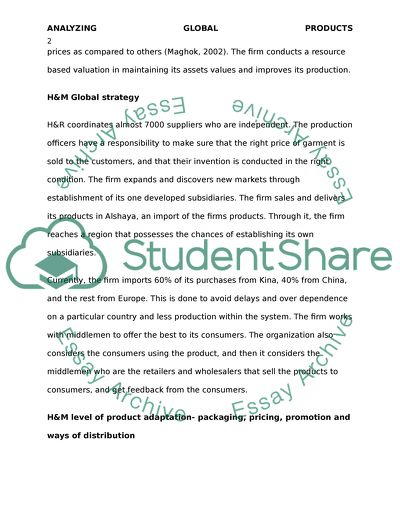Cite this document
(“Analyzing Global Products through the example of the H & M and Zara Essay”, n.d.)
Retrieved from https://studentshare.org/marketing/1443391-analyzing-global-products-through-the-example-of-the-h-m-and-zara-industry
Retrieved from https://studentshare.org/marketing/1443391-analyzing-global-products-through-the-example-of-the-h-m-and-zara-industry
(Analyzing Global Products through the Example of the H & M and Zara Essay)
https://studentshare.org/marketing/1443391-analyzing-global-products-through-the-example-of-the-h-m-and-zara-industry.
https://studentshare.org/marketing/1443391-analyzing-global-products-through-the-example-of-the-h-m-and-zara-industry.
“Analyzing Global Products through the Example of the H & M and Zara Essay”, n.d. https://studentshare.org/marketing/1443391-analyzing-global-products-through-the-example-of-the-h-m-and-zara-industry.


